Content design can be a powerful component of user experience (UX) and user interface (UI) design but it often gets overlooked. Content is anywhere and everywhere in a user interface and it lends itself to enhancing user experience, conversions and brand awareness.
Content in user interfaces is so vital that Apple refers to its content designers as “the writing arm of the design team”. The words in an app are just as important as any other user interface element. So what are you, a UX or UI designer, supposed to do with this all-important concept?
In this comprehensive guide to content design, we answer these questions:
- What is content design in UX/UI?
- How is content design different from UX writing?
- What do content designers or UX writers do?
- Why is content design important in UX/UI?
- What are the hallmarks of good UX/UI content?
- 5 stellar UX/UI content examples
What is content in UX/UI?
Content in UX/UI design is the language that appears in a user interface. Content design, sometimes called UX writing, is essentially designing with words.
The word “content” typically refers to information, images, videos, text, etc., that are included as a part of something, such as a website. In user experience and user interface design, “content” primarily refers to written content that informs or persuades an audience, sometimes called copy.
You can see content design and UX writing in these aspects of a user interface (UI):
- Menu copy
- Button copy
- Body text
- Headers
- Microcopy
- Instructions
How is content design different from UX writing?
UX writing and content design are essentially the same. Both content designers and writers are a part of the design process, follow style and brand guidelines, make decisions based on user research and testing and write the copy that will be included in the user interface.
In comparing hundreds of job openings for UX writing and content design, 90% of the responsibilities listed in the posts were exactly the same. But content designer as a job title has evolved over the past two decades and about 10% of the time gets confused with visual design.
How did content design as a profession evolve?
Content design came about in the late 1990s. Initially, content designers were expected to use CSS and HTML to create stellar user experiences, visual and written content. They basically handled typesetting, page layout and writing on webpages and emerging personal computer devices.
Throughout the early 2000s, content design took on scripting, graphics, animation, audio, compelling text and interactivity responsibilities. Essentially, content designers were like front end developers who could design.
What do content designers or UX writers do?
Content designers and UX writers work within the product design team to craft clear, concise and compelling language within the user interface. They consider the user, the company’s brand voice, and the needs of the product.
Here are some responsibilities of UX writers and content designers:
- Collaborate with product design team members to solve design challenges
- Create user-centric products and experiences with the product design team
- Writing concise and compelling UX copy
- Simplify complex concepts or language for users
- Construct or follow design systems/style guides
- Advocate for UX writing best practices
- Conduct user research and testing
- Make data-informed decisions
Why is content important in UX/UI?
Content in UX and UI is important because it provides clarity, appeals to users’ emotions and builds on a brand. A human-centred approach to writing even the most minor bits of copy within a user interface can immensely change the user experience.
The copy within an interface can show users a brand’s purpose, make the user feel understood and intuitively show users how to interact with it. Even in just a few words, content designers are telling a compelling, all-inclusive story. Storytelling is an important approach to UX design, which we cover here in more detail.
Content design clarifies navigation and bridges the gaps between context and visual design. For example, if someone gave you a road sign with no words, could you tell them what it meant? More than 11% of people can’t. That’s where good content comes in. A stop sign with the word “STOP” on it is much more effective than a red octagon alone.
Content provides direction or persuades a user to perform a specific action. While the visual design might lure someone in, product teams can use content design to persuade a user. Calls to action can convince a user to perform a specific action, like buying a product or service. Content conveys value and makes the big picture clear.
Content can also be used as another layer of design. Aligning their copy with a brand’s identity helps content designers add personality, show a brand’s value and strengthen a brand’s authenticity. All of these factors are what make a brand stand out from the crowd.
Content designers are tasked with transforming a brand and style guide into a lexicon that conveys an entire brand. By using specific words and writing styles consistently, UX writers enhance brand trust and compel users in the most subtle ways.
What are the hallmarks of good UX/UI content?
Seamless
Good content will work with the design. Users only notice copy within user interfaces when it’s clever or enhances a brand’s personality. Content designers want their work to feel like it’s a part of the visual design, not as though it stands out.
Clear and valuable
Every word included in a user interface should provide value. Value and clarity might look like persuading a user to take action, clarifying navigation options, increasing brand awareness and providing instructions. Well-crafted copy will make user interfaces more accessible while building trust with the brand.
On brand
Good content designers will use their words to boost their brand’s voice. They’ll either rely on the style guide their company created or create one to shape the voice they want to use within the interface they’re designing. In the process, they will develop a consistently visible lexicon to form the look and feel of a strong brand. This builds trust and comes across as authentic. To edit their design and images so that they can create consistent copy, they can use Wepik. This way, they can create an experience that feels seamless—something that builds trust in a brand’s user-facing products.
Persuasive
Impactful calls to action (CTAs) will persuade users to do what the interface designers want them to do. A user’s journey is more than just where a button is placed or the sequence of events. It’s also the copy that lead them to click the button. Good content will tell a story and users won’t even realise it. It will speak to their emotions and lead them to take action in some way.
Brevity
When it comes to user interface copy, less is more. The majority of UX/UI content is referred to as “microcopy”. Content designers use limited words to guide users intuitively so they hardly even notice it’s there.
5 stellar UX/UI content examples
Apple
Of course we’re going to talk about Apple, the company that seamlessly integrates content designers into its product team. For 30 days, Jano le Roux spent hours examining Apple’s microcopy.
What he found was a brand that took a user-centred approach with an impeccable style guide. Apple subtly showed personality and persuasion. Check out his 30-day analysis of Apple’s microcopy, you won’t be disappointed. Take note of heir precise use of rhymes.
AirBnB
AirBnB’s team are masters of brevity and personality in microcopy. Instead of simply putting “search” in their search field, they show users concrete examples of what they could put by saying “Try Berlin”. They even make their website and app cycle through different options like “restaurants in Denver” and “cabins in Switzerland” to show users what’s possible.
Grammarly
The call to action on Grammarly’s home page is brief but powerful. It combats users’ objections by letting them know it’s free immediately. That builds trust with users instantly. What’s more, they continue to be clear and concise by letting users know what they’re getting, why they might want it and how they can get it — all in less than 3 sentences.
You Need A Budget
You Need a Budget, fondly referred to as YNAB by users, has some fantastic copy examples. They show personality, persuade the user, and provide context in this subscription error page on their website. Their mobile app uses content to provide context and reassure users in an authentic way.
Slack
Despite its plethora of features, Slack is easy to navigate, authentic and user-focused. This is because they do a great job with content. Their best feature? Slackbot. The content written for Slackbot has personality, encourages trust and makes things more clear. It’s helpful, intuitive and on brand.
Users first meet Slackbot during onboarding to set up their accounts. After that, Slackbot lives in their active direct messages to send them reminders, use as a notepad and provide support. There are so many ways users can rely on Slackbot, but overall, this feature works seamlessly and intuitively with the rest of the user interface.
Content design is everywhere and it’s important
While it’s easy to overlook content in a user interface, you may want to start paying more attention. Start taking screenshots of great examples of copy within user interfaces you use. You may start to notice how important it really is.
Great content design is more than just words. It’s a way to turn user experiences into immersive brand interactions. It’s a way to infuse personality into a user interface. Content design makes interfaces more accessible and more fun to use.


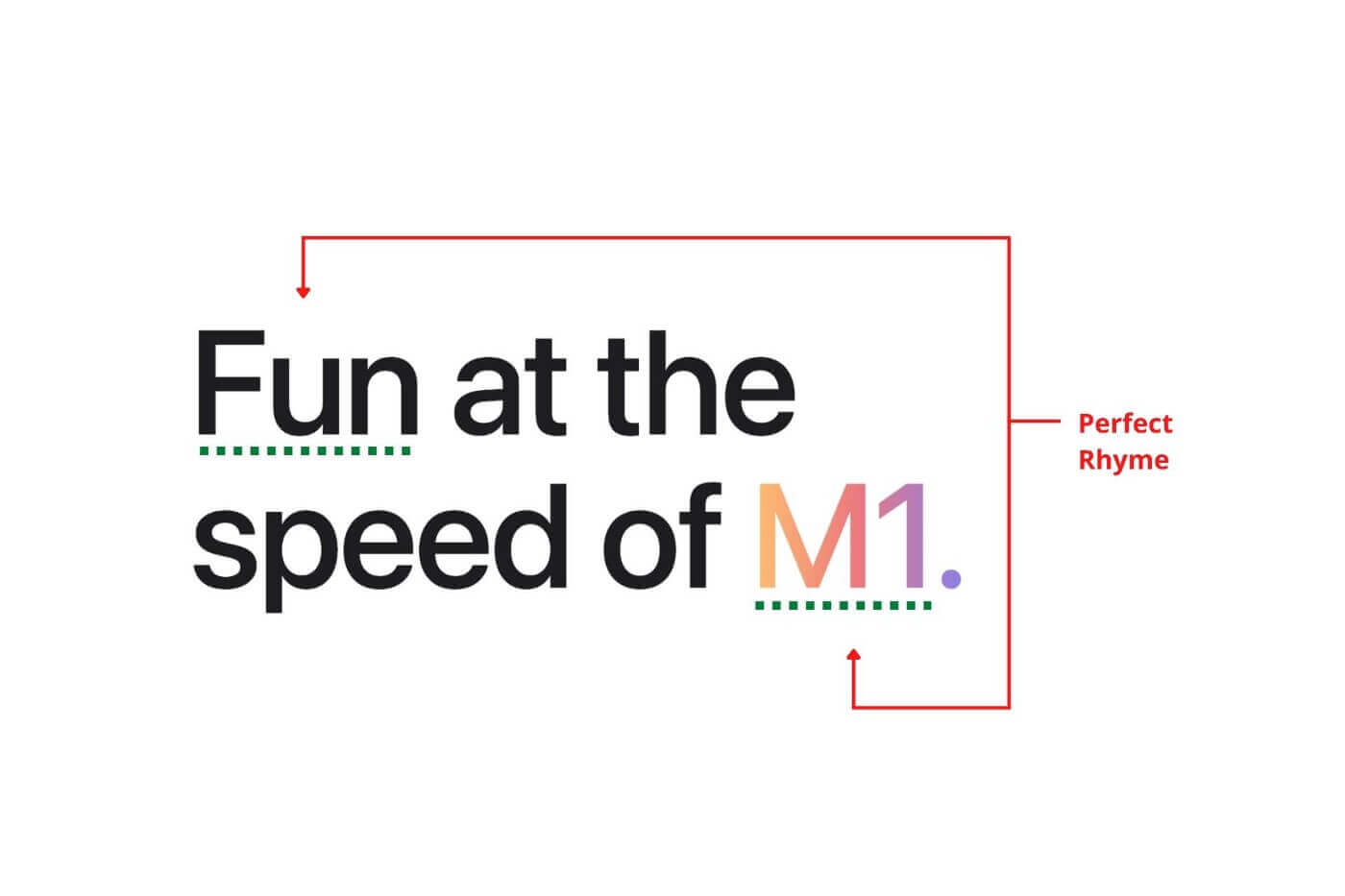
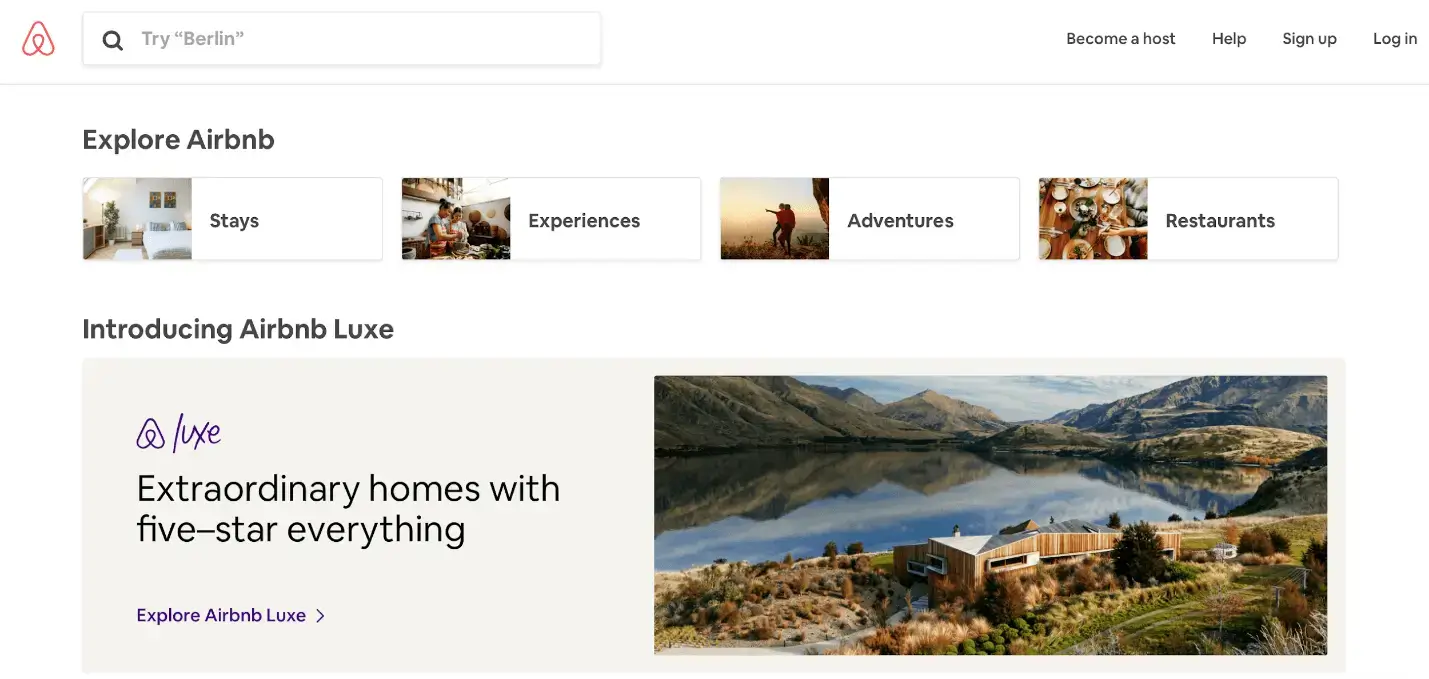
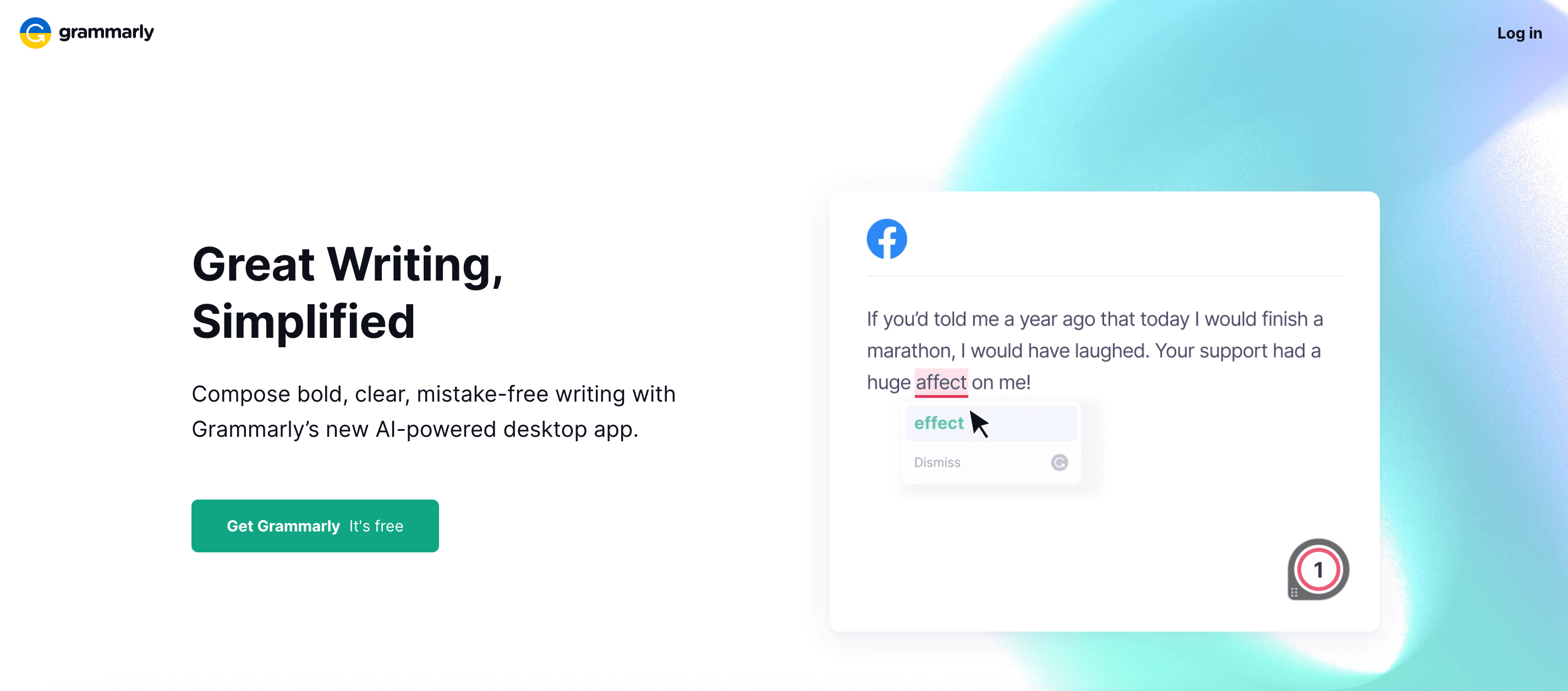

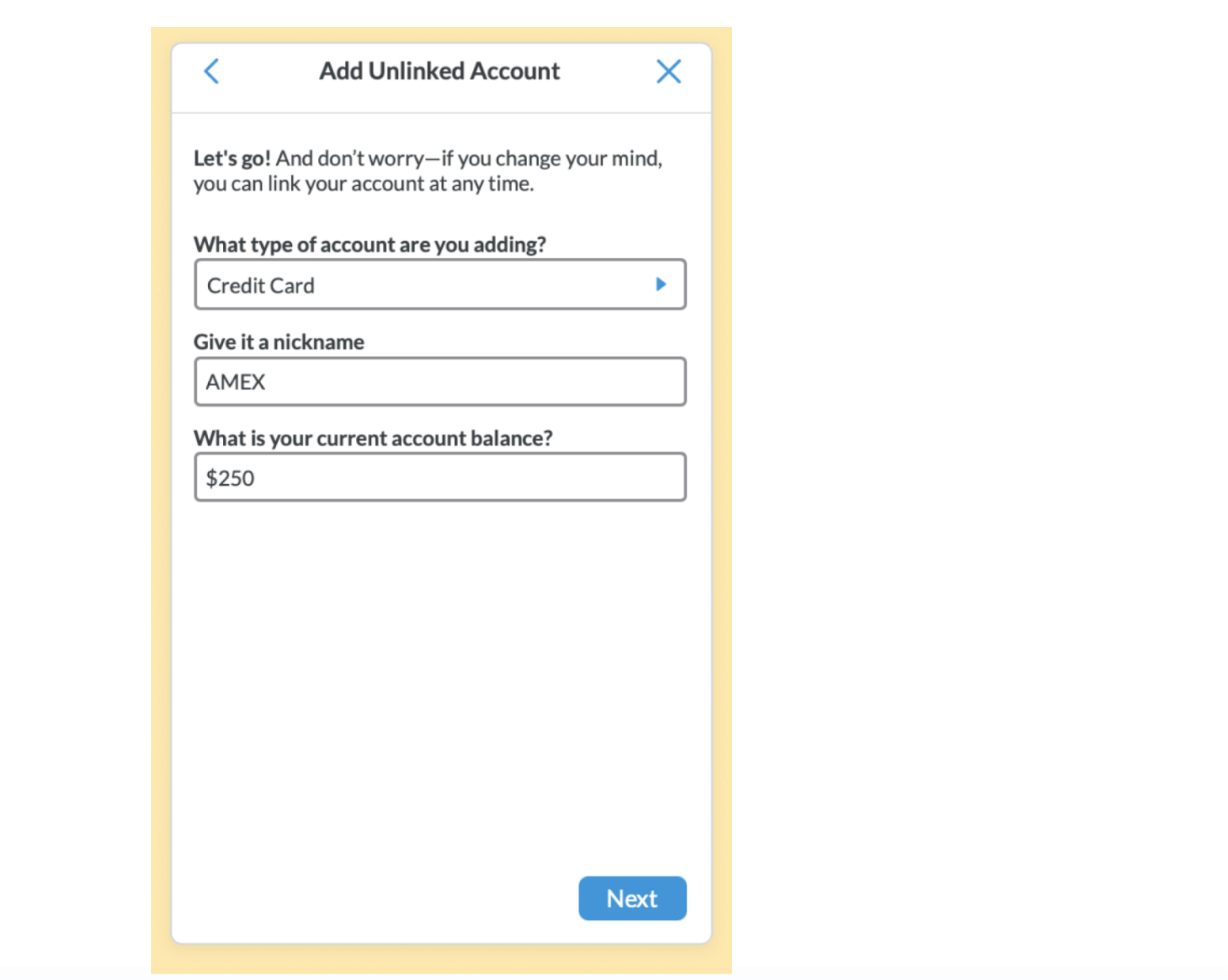
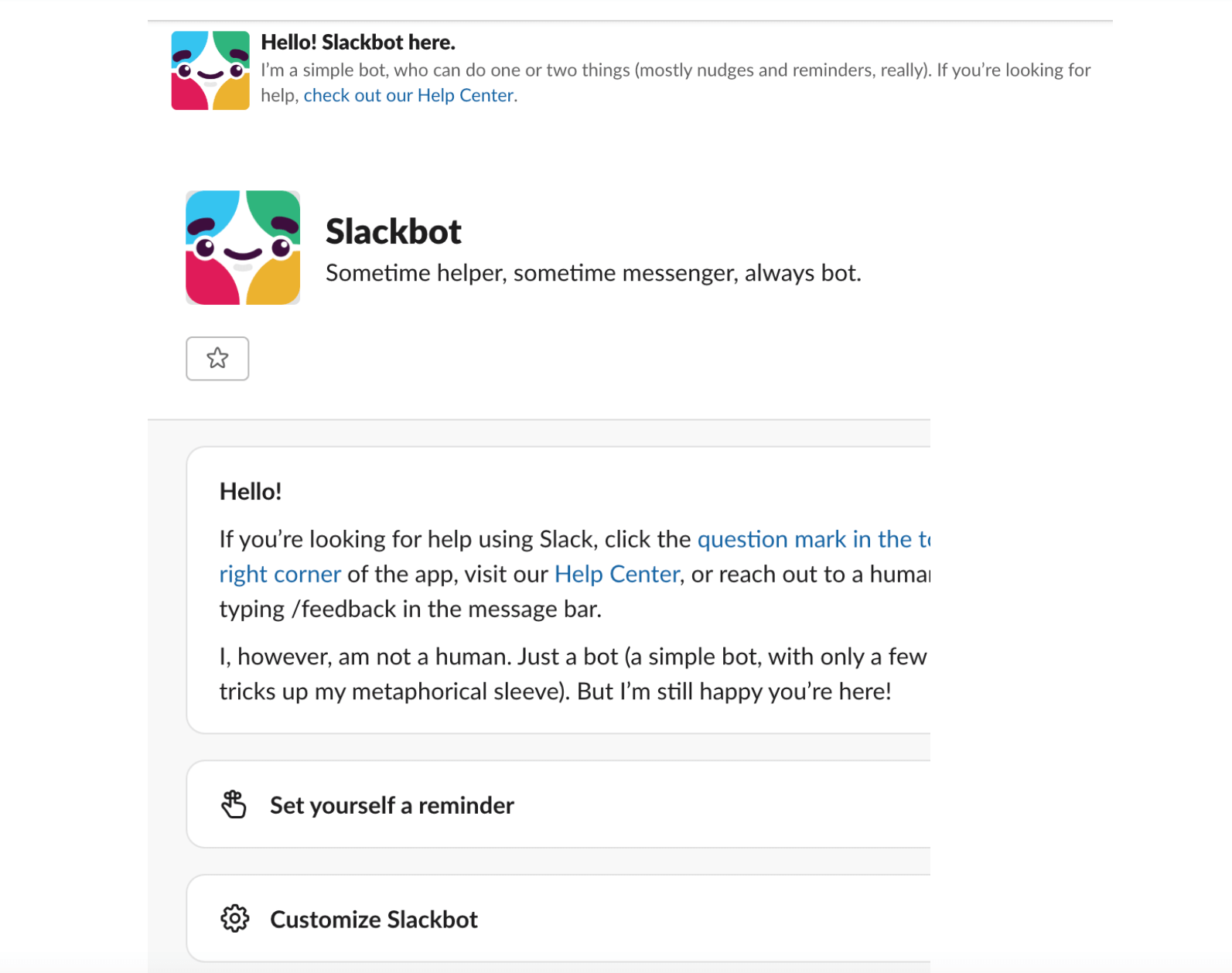

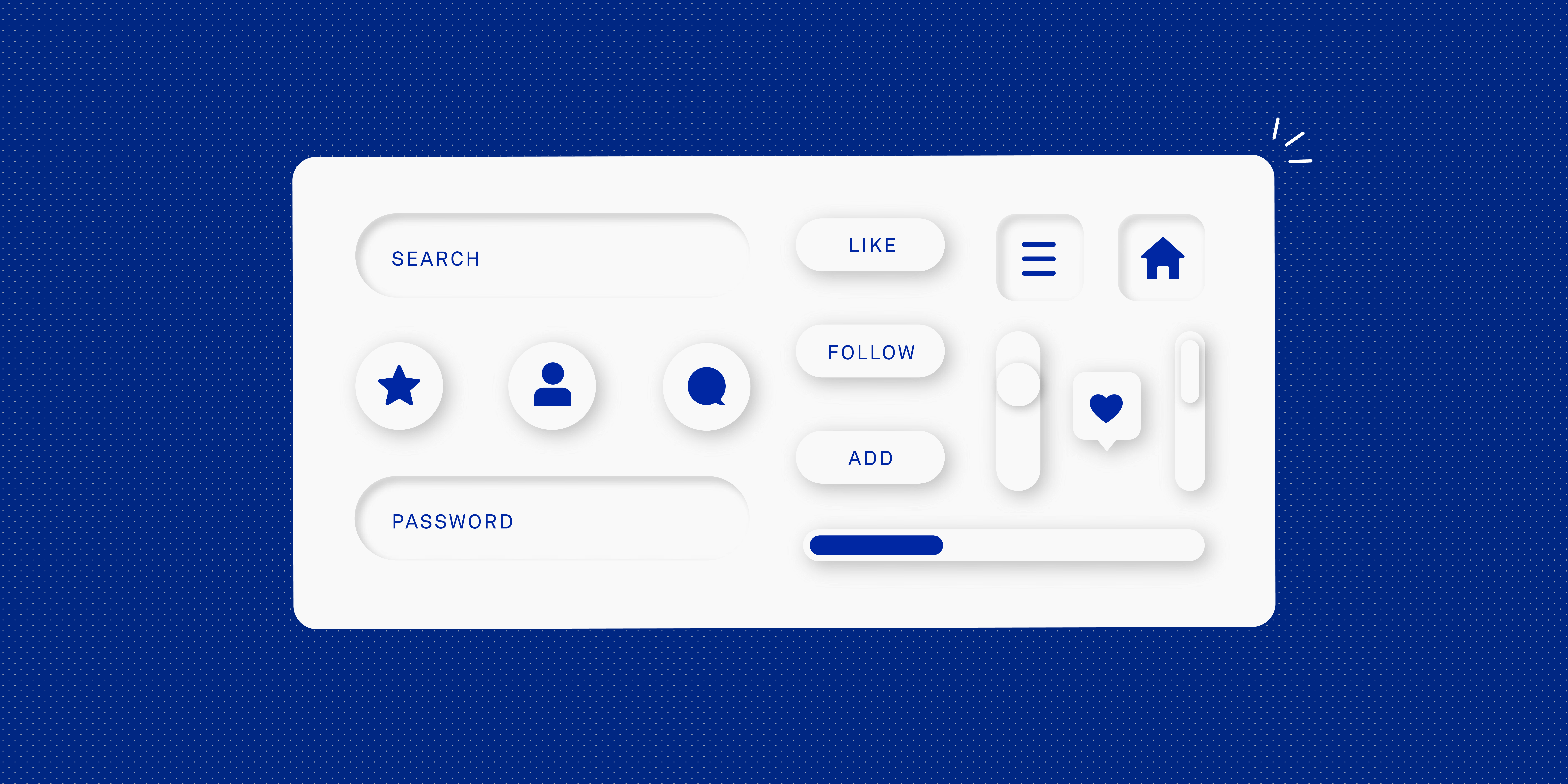
![The 10 best prototyping tools for UI/UX designers [2025 Update] 10 UI UX prototyping tools header image](https://www.uxdesigninstitute.com/blog/wp-content/uploads/2025/01/93_UX_Prototyping-tools_Illustration_blog-1.png)